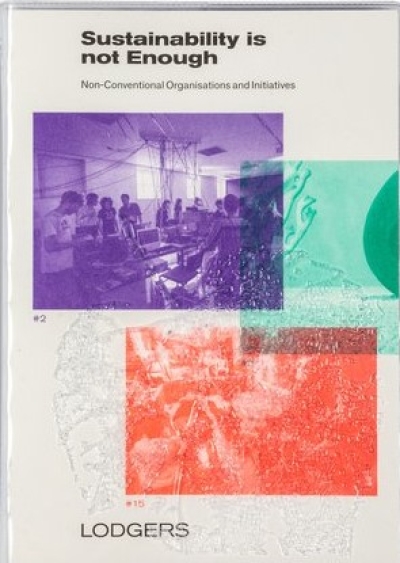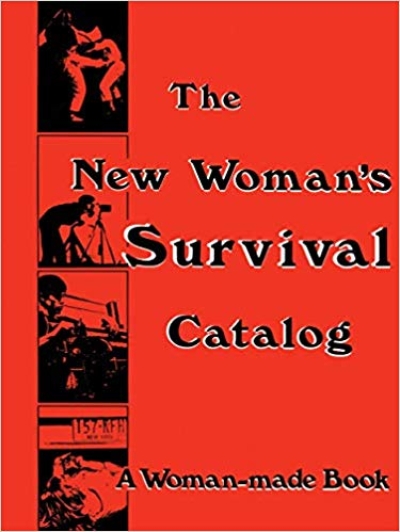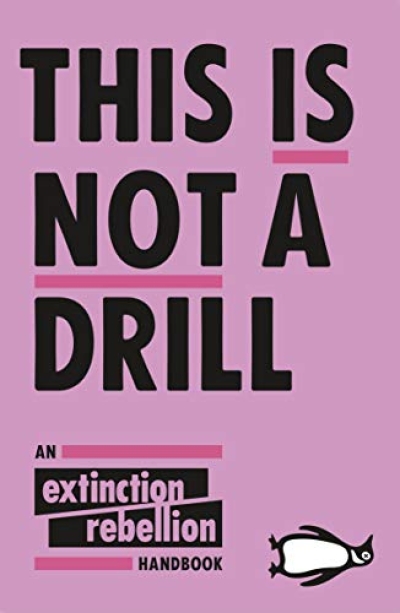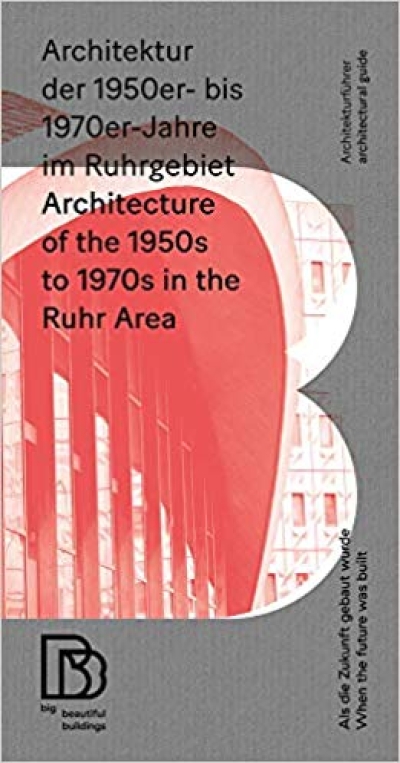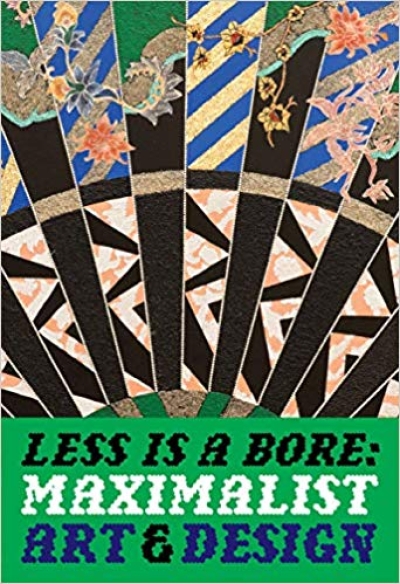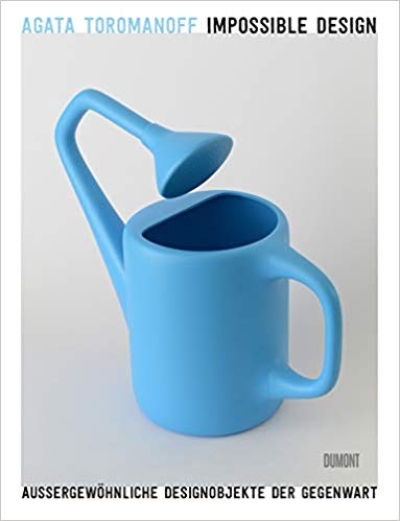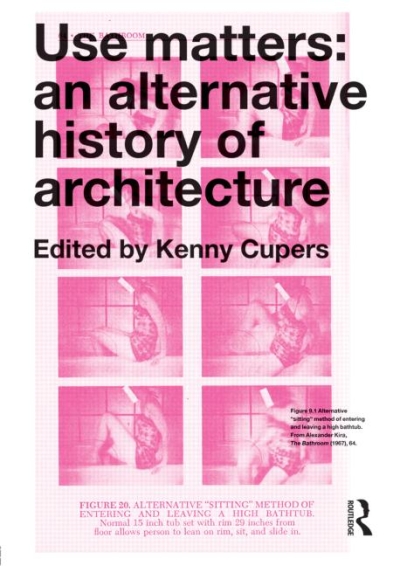
Use Matters. An Alternative History of Architecture
From participatory architecture to interaction design, the question of how design accommodates use is driving inquiry in many creative fields. Expanding utility to embrace people's everyday experience brings new promises for the social role of design. But this is nothing new. As the essays assembled in this collection show, interest in the elusive realm of the user was an essential part of architecture and design throughout the twentieth century. Use Matters is the first to assemble this alternative history, from the bathroom to the city, from ergonomics to cybernetics, and from Algeria to East Germany. It argues that the user is not a universal but a historically constructed category of twentieth-century modernity that continues to inform architectural practice and thinking in often unacknowledged ways.
Introduction Kenny Cupers Part 1: Subjectivity and Knowledge 1. Isotype and Modern Architecture in Red Vienna Eve Blau 2. Architectural 2. Handbooks and the User Experience Paul Emmons and Andreea Mihalache 3.Laboratory Modules and the Subjectivity of the Knowledge Worker William J. Rankin 4.Architects, Users, and the Social Sciences in Postwar America Avigail Sachs 5. Spatial Experience and the Instruments of Architectural Theory Brian Lonsway Part 2: Collectivity, Welfare, Consumption 6. The Shantytown of Algiers and the Colonization of Everyday Life Sheila Crane 7. New Swedes in the New Town Jennifer Mack 8. Henri Lefebvre, For and Against the “User” Łukasz Stanek 9.Designed-in Safety: Ergonomics in the Bathroom Barbara Penner 10. Intelligentsia Design and the Postmodern Plattenbau Max Hirsh 11. WiMBY!’s New Collectives Michelle Provoost Part 3: Participation 12. Landscape and Participation in 1960s New York Mariana Mogilevich 13. Ergonomics of Democracy Javier Lezaun 14. Counter-projects and the Postmodern User Isabelle Doucet 15. The paradox of Social Architectures Tatjana Schneider











